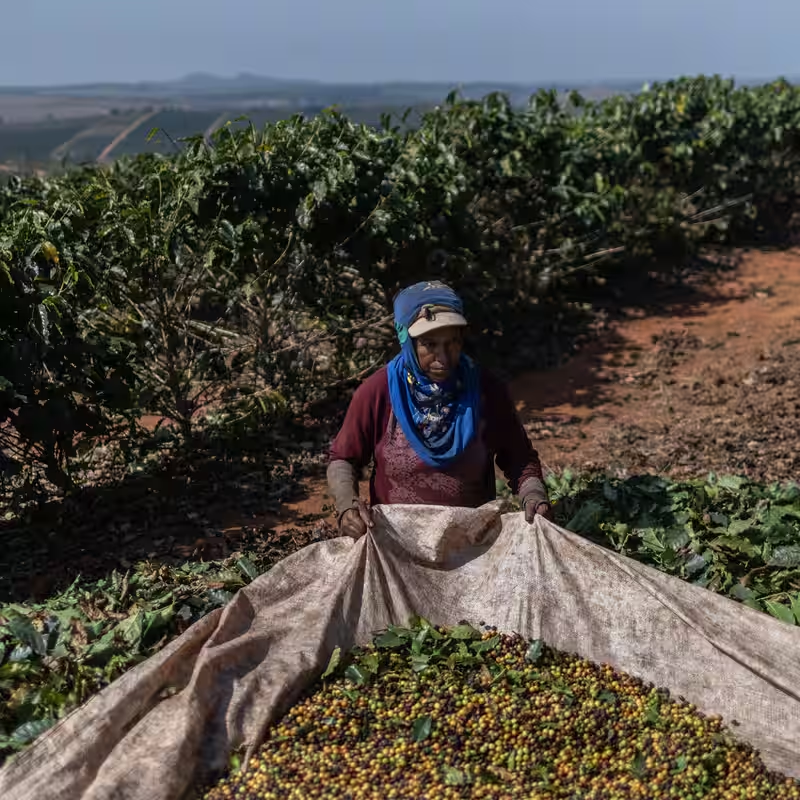Your daily cup of coffee might be in jeopardy—and not because of inflation or supply chain snags. A new report reveals that the very act of clearing forests to grow more coffee is sabotaging the crop itself by disrupting rainfall patterns, especially in Brazil, the world’s largest coffee producer.
Deforestation and Coffee: A Self-Defeating Cycle
According to a recent analysis by Coffee Watch, a nonprofit industry watchdog, rampant deforestation in Brazil’s southeastern coffee belt has led to measurable declines in local rainfall. The result? Drier soils, stressed plants, and increasingly frequent crop failures.
“It’s a tragic irony,” said Dr. Mariana Costa, an agroecologist not affiliated with the report. “Farmers cut down trees to plant more coffee, but without those forests, the rain doesn’t come—and the coffee suffers.”
The Data Behind the Decline
Coffee Watch mapped deforestation trends across key coffee-growing regions in Minas Gerais and São Paulo from 2015 to 2025. They cross-referenced satellite imagery with agricultural yield reports and historical weather data. Their findings were stark:
- Areas that lost over 30% of forest cover saw a 15–22% drop in annual rainfall.
- Coffee yields in those same zones fell by up to 40% during drought years.
- Replanting efforts often fail due to insufficient soil moisture, creating a cycle of land abandonment and further forest clearing.
Why Forests Matter for Rain
Tropical forests aren’t just carbon sinks—they’re rainmakers. Through a process called evapotranspiration, trees release moisture into the atmosphere, which forms clouds and eventually returns as rain. Remove the trees, and you break this natural irrigation system.
In Brazil’s coffee regions, this “flying river” effect—where moisture travels from the Amazon to the southeast—is already weakening due to large-scale deforestation. The new report confirms that local forest loss compounds the problem.
What This Means for Consumers
With global coffee demand exceeding 2 billion cups per day, pressure to expand farmland is intense. But if current trends continue, experts warn of:
- Higher prices at your local café or grocery store.
- Lower quality beans due to heat and water stress.
- Reduced availability of specialty and single-origin coffees.
Sustainable Alternatives Are Emerging
Some Brazilian farms are turning to agroforestry—growing coffee under a canopy of native trees. This method mimics natural ecosystems, preserves biodiversity, and maintains microclimates that support healthy crops.
“You don’t need to clear more land,” said Carlos Mendes, a third-generation coffee farmer in Minas Gerais who adopted agroforestry in 2022. “You just need to farm smarter.”
Certifications like Rainforest Alliance and Bird Friendly are helping consumers identify sustainably grown coffee—but experts say systemic change requires policy intervention and corporate accountability.




